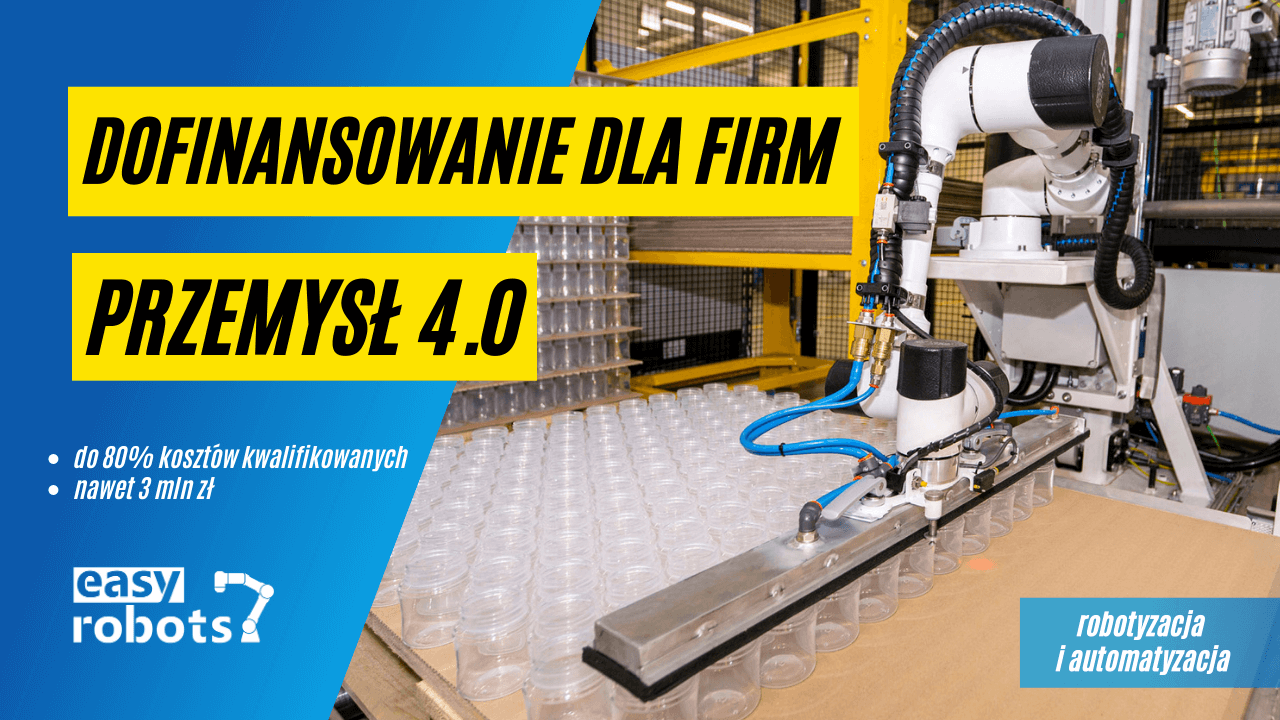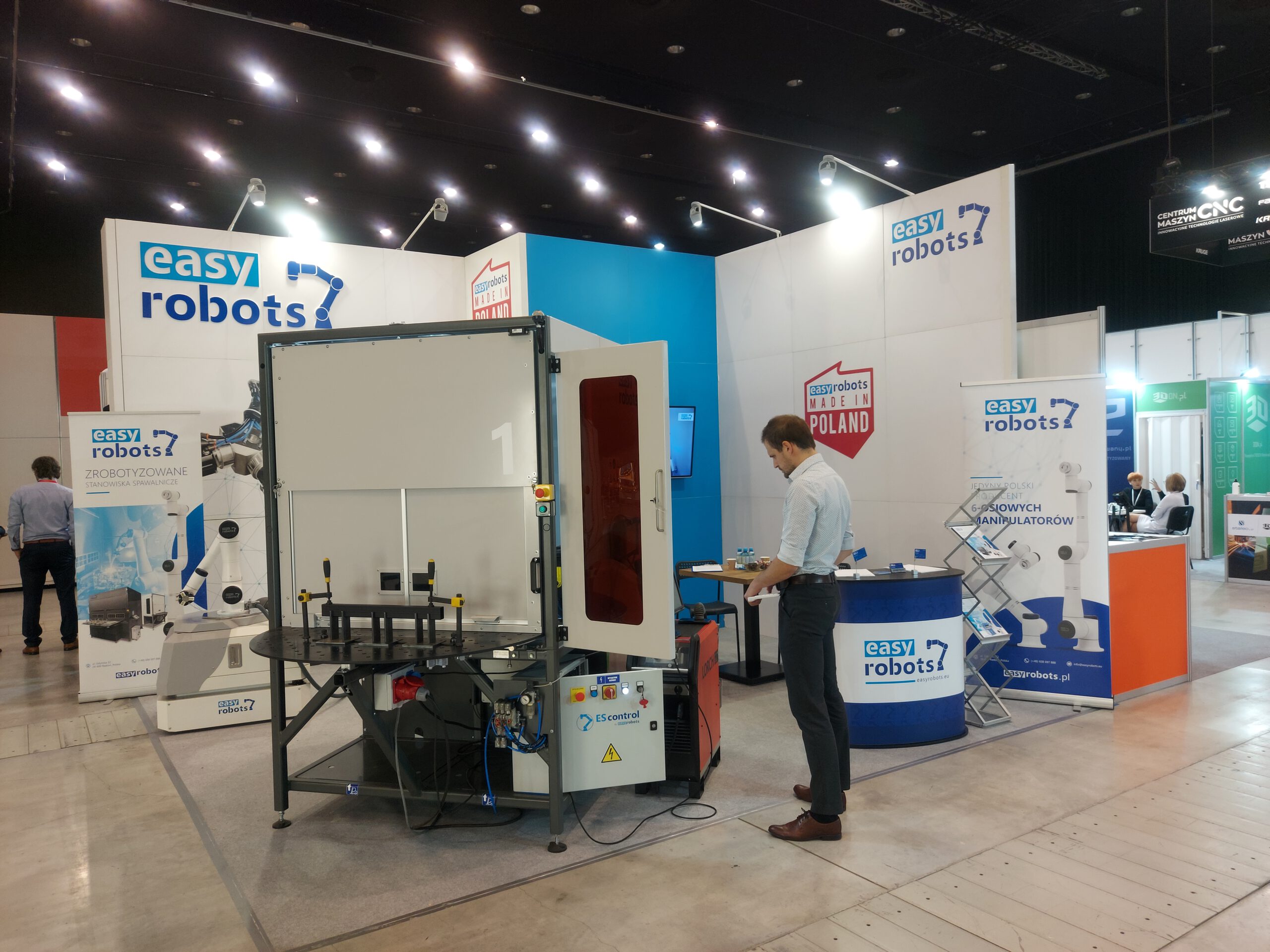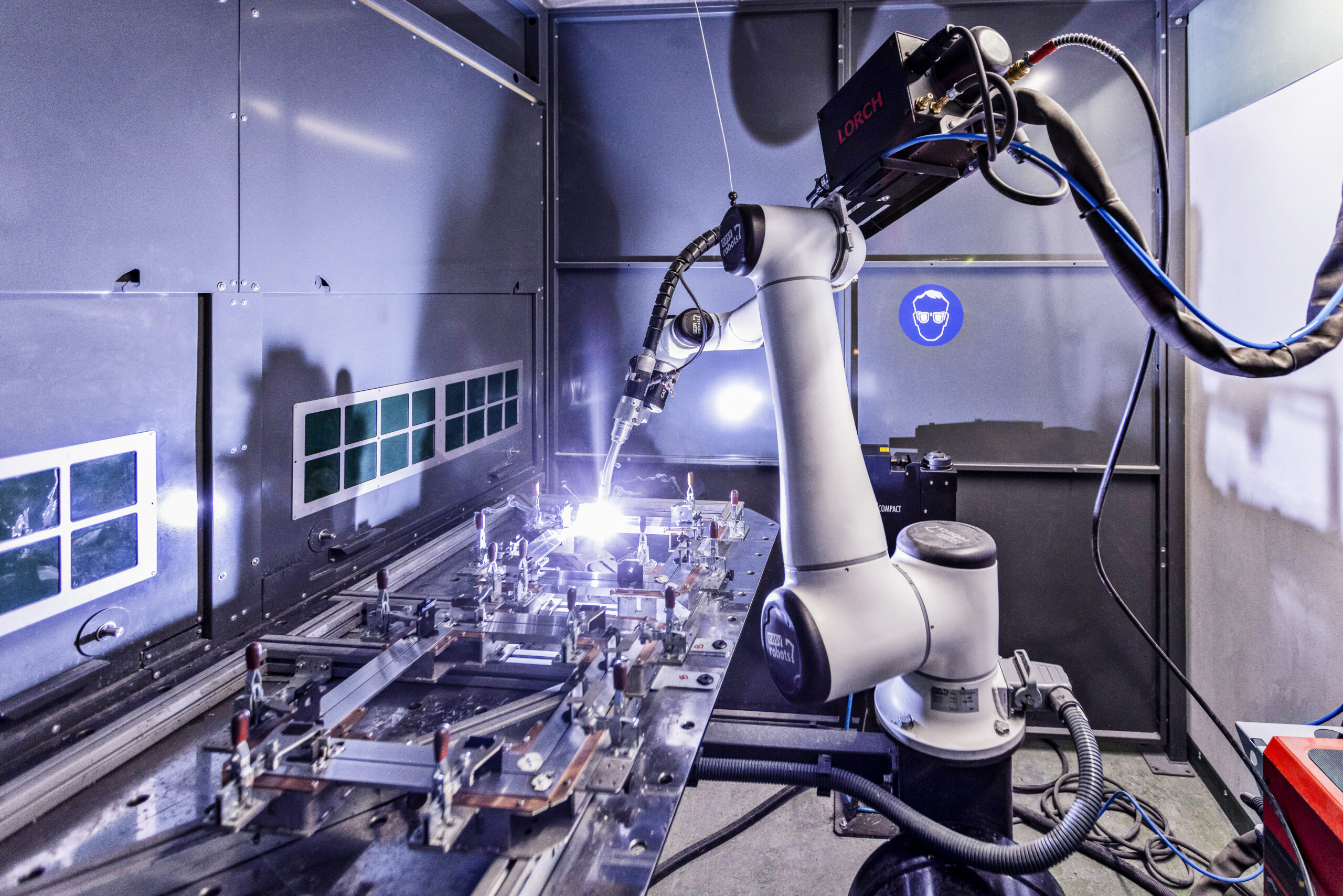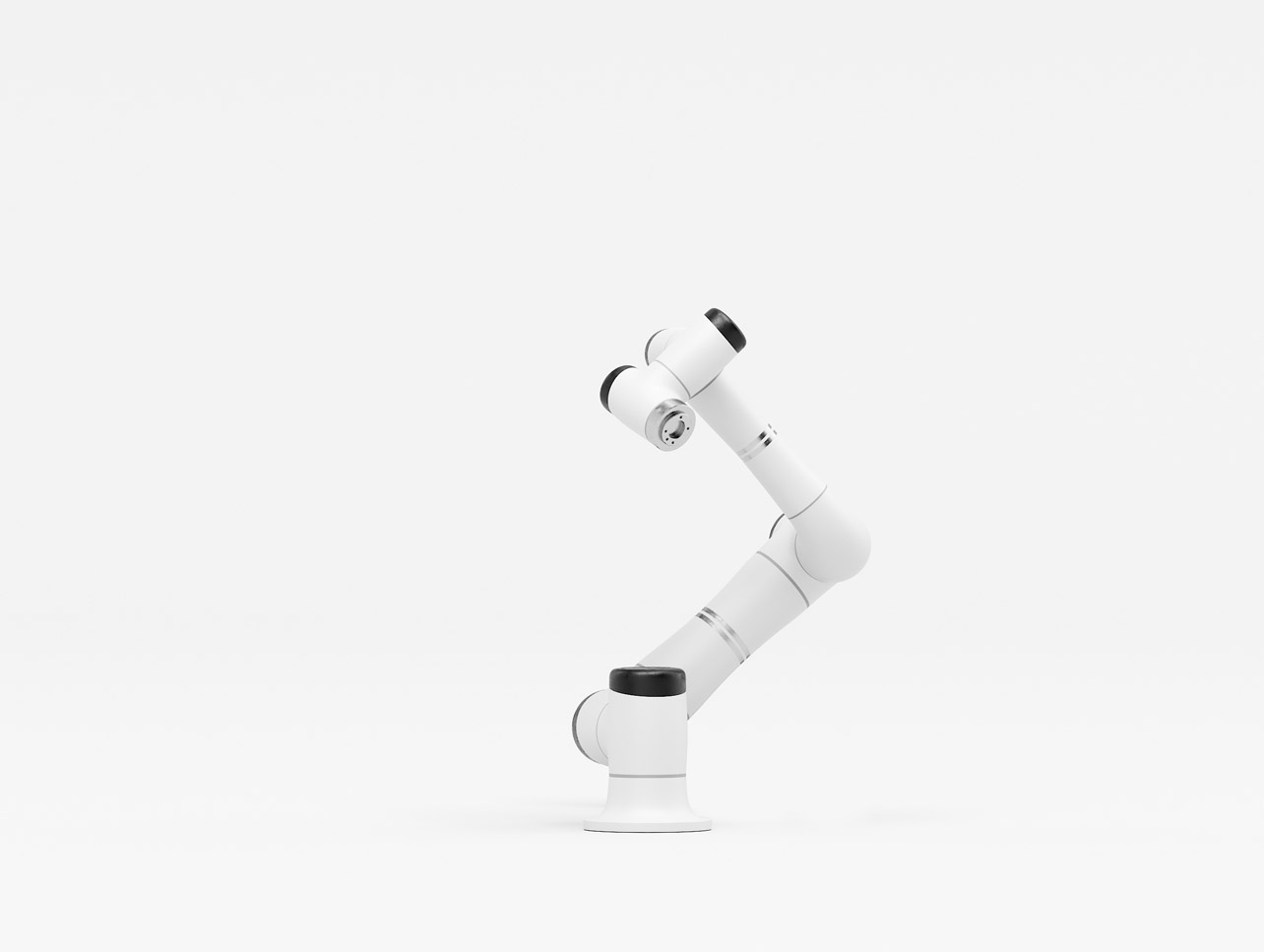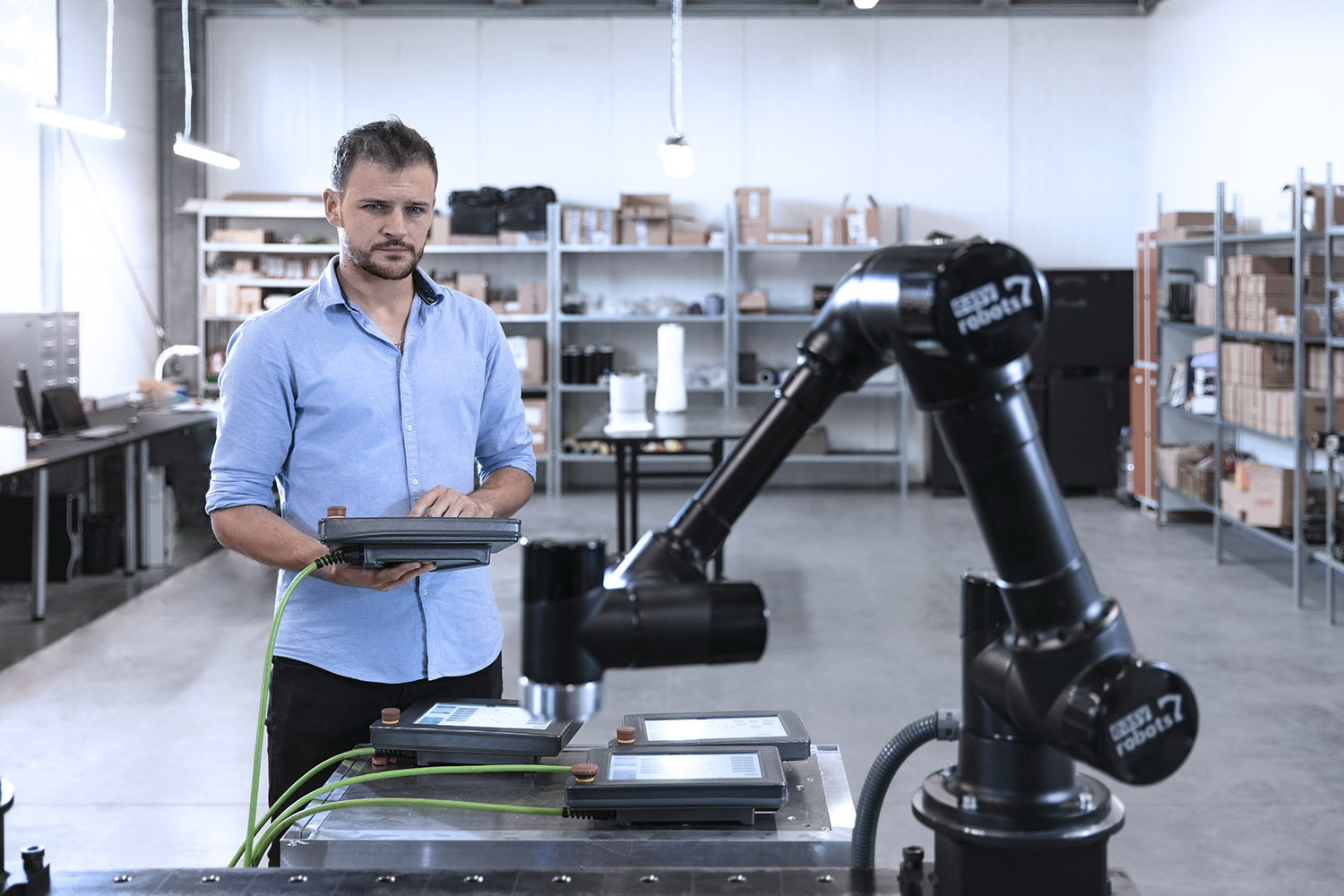Will robots take our jobs?
JANUARY 27, 2020
If Will robots take our jobs?
New technologies eliminate, but also create new jobs. Industry 4.0, which includes developments in previously unrelated fields such as artificial intelligence and machine learning, robotics, nanotechnology, 3D printing, and genetics and biotechnology, will cause widespread disruption not only of business models but also of labor markets.
The fourth industrial revolution (German: Industrie 4.0) - a generalizing concept relating to the concept of "industrial revolution" in connection with the contemporary mutual use of automation, data processing and exchange, and production techniques. By definition (...) it is the realization of an intelligent factory in which cyber-physical systems control physical processes, create virtual (digital) copies of the real world and make decentralized decisions, and via the Internet of Things they communicate and cooperate with each other and with people in real time, while thanks to cloud computing, internal and interoperability services are offered and used. (source https://pl.wikipedia.org/wiki/Czwarta_rewolucja_przemys%C5%82owa).
Who will face technological unemployment?
According to the data World Economic Forum Thanks to modern technologies, 75 million jobs will disappear from the market by 2022.
It is indicated that positions that require low qualifications or involve work with low creativity or repetitive and monotonous activities are most likely to be automated. The most at-risk professions often include assembly line workers, call center workers, fast-food workers, couriers, cashiers, warehouse workers, etc. However, among the most desirable professions in 2022, the Forum lists professions related to data analysis, AI, machine learning and programming. . There will also be great demand for Big Data experts and people carrying out digital transformation in companies.
Robotics in Poland
According to International Federation of Robotics IFR robotization density (a commonly used indicator that determines the development and saturation of robotization) in Poland in 2016 was 32 robots per 10 thousand. employees industrial, with the average global density being 74 pcs., and for comparison, in our neighbors this indicator is 309 pcs.
The global installation of robots in 2018 amounted to over 422,000 units. The dynamics of the increase in the number of robots is constantly increasing and in Europe at that time an increase of 14% was recorded.
Although the Polish robotics market has developed significantly in recent years, the dynamics in Poland is still too low to quickly catch up. However, it is worth monitoring the lists of endangered occupations and professions and treating them as a valuable guide for the future.
More information:
"Four reports on industry 4.0. in Poland." (http://przemysl-40.pl/index.php/2019/11/04/cztery-raporty-o-przemysle-4-0-w-polsce/).
2019 International Federation of Robotics IFR executive summary on industrial robots: https://ifr.org/downloads/press2018/Executive%20Summary%20WR%202019%20Industrial%20Robots.pdf


